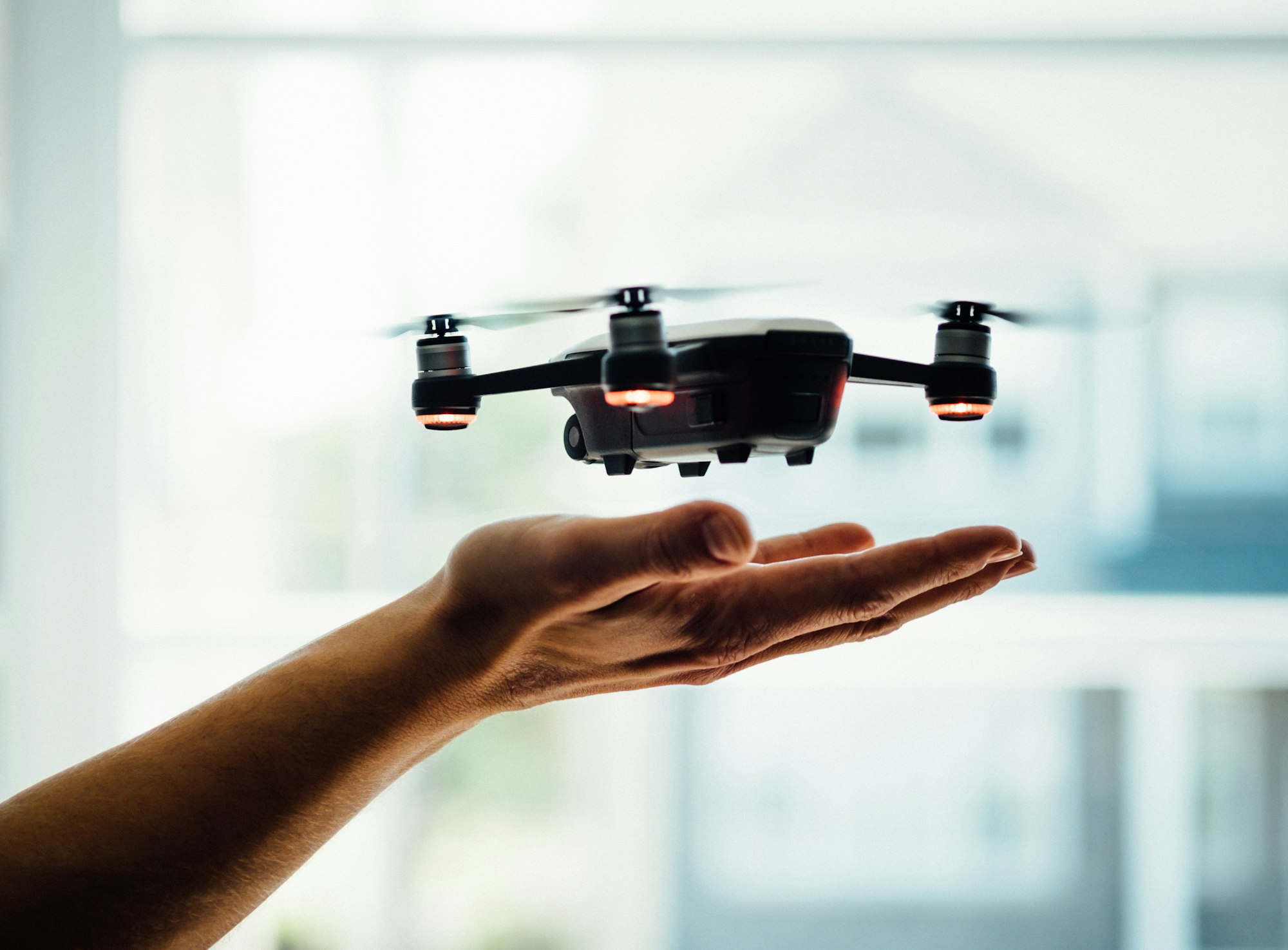Drones, also known as unmanned aerial vehicles (UAVs), are aerial vehicles that are operated remotely by a human pilot or autonomously through the use of computers. They are commonly used for a variety of purposes, including surveillance, photography, and delivery of goods.
Drones come in various sizes and shapes, and they can be equipped with a range of sensors and other technology, such as cameras, radar, and infrared sensors. This allows them to be used for a variety of tasks, including capturing high-quality images and video, conducting surveillance, and even delivering packages.
One of the primary advantages of drones is their ability to operate in areas that are difficult or impossible for humans to access, such as disaster zones or hazardous environments. This allows them to be used for search and rescue operations, as well as for monitoring and collecting data in a variety of situations.
Another advantage of drones is their cost-effectiveness. Because they are unmanned, they can be operated for long periods of time without the need for human intervention, which makes them more efficient and cost-effective than traditional aircraft. This makes them a valuable tool for a wide range of industries, including agriculture, construction, and environmental monitoring.
Despite their many uses and benefits, drones also have some limitations and challenges. For example, they are subject to strict regulations governing their use, and there are concerns about their potential impact on privacy and security. Additionally, there are technical challenges associated with operating drones in adverse weather conditions and in densely populated areas.
Overall, drones are a versatile and powerful tool that has the potential to revolutionize many industries. As technology continues to advance, it is likely that drones will become an increasingly important part of our daily lives.
In recent years, the use of drones has increased dramatically, and they are now being used for a wide range of purposes. For example, they are commonly used by the military for surveillance and reconnaissance missions, as well as for delivering supplies to troops in remote locations.
In the commercial sector, drones are being used for a variety of purposes, including delivering packages, conducting inspections of infrastructure, and capturing aerial images and video for marketing and other purposes. For example, real estate agents are using drones to capture high-quality images and video of properties, and farmers are using them to monitor crops and identify areas that need attention.
One of the most exciting developments in the world of drones is the use of autonomous drones, which are able to operate without the need for a human pilot. These drones are equipped with advanced sensors and other technology that allows them to navigate and operate in a variety of environments, and they are becoming increasingly sophisticated.
In the future, it is likely that drones will play an even greater role in our lives. As technology continues to advance, drones will become smaller, more agile, and more capable, and they will be used for an even wider range of purposes. Some experts even predict that drones will eventually be used for tasks such as flying taxis and delivery of goods to remote locations.
In conclusion, drones are a versatile and powerful tool that has the potential to revolutionize many industries. As technology continues to advance, it is likely that drones will become an increasingly important part of our daily lives.
